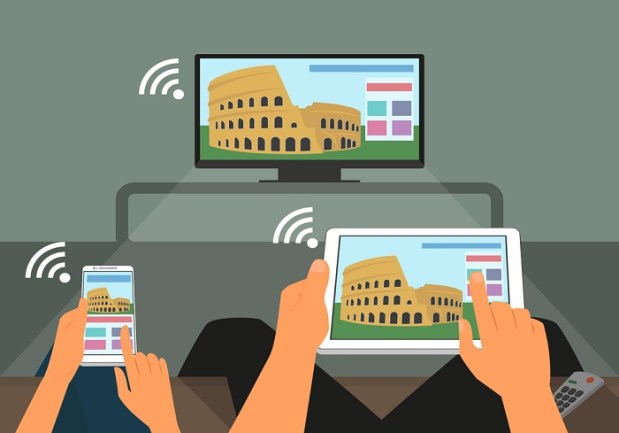How QVC, HSN Reinvented Retail With Mobile

For many retailers, building an effective omnichannel presence means offering customers everything they want at every possible opportunity.
Whether it’s in-store, on mobile or through email, failing to offer a uniform consumer experience is often seen as a critical flaw for any retailer. Even the non-traditional retailers.
So why has QVC had so much success doing just the opposite?
In a presentation at the Shop.org 2015 Digital Summit held in Philadelphia, Mike George, CEO at QVC, explained the attendees how QVC’s transition from a home shopping network to a multi-channel retailer was accomplished not by duplicating its television-based sales system, but by adding complimentary services and features into its operations of other platforms for a fully rounded experience, Retail Wire reported.
During his talk, George touched on multiple issues relating to QVC’s ongoing efforts to meet consumers on every media and commerce platform they’re using, particularly in the context of mobile. While George noted QVC’s television operations gave customers a “rich and dynamic” experience, mobile was lagging behind.
“After realizing that our customers were browsing on their phones and tablets while watching QVC, we jumped on that,” George said, as quoted by DigiDay. “When you have all the information you need, and mobile checkout is seamless, you’re more likely to make a purchase.”
George explained that QVC realized customers were reaching for their phones to conduct supplemental product research triggered by the company’s television programs, which tipped George off to the idea of a complimentary online ecosystem for its platforms. Under a four-step process, QVC has distilled the path to purchase into recognizable and achievable phases: Customers are inspired to purchase by watching TV; mobile notifications lead shoppers to online resources like recipes and product specifications; seamless multichannel checkout process let customers buy without friction. And finally, follow-up messages help shoppers learn new tips and tricks to use with their recent purchase.
“We thought mobile was going to be a cool factor for [QVC] and add convenience for our customers,” George said, as quoted by Forbes. “But what we never imagined was someone wanting to engage on this small screen with us. What we’ve learned is that it has transformed everything about our business, and we didn’t see that coming.”
QVC isn’t the only one of its kind to realize the importance of mobile and digital retailing to long-term viability. Racked explained how HSN has been busy with its own social media push to get consumers engaged on multiple fronts instead of the single-access-point model of television sales.
“Now we’re doing tip videos [on Facebook] that don’t have anything to do with sales, and behind-the-scenes images of our celebrities when they’re here,” Matt See, director of social media and games at HSN, told Racked. “On Facebook, we’re half [the customer’s] favorite TV show and half her favorite retailer.”
How has HSN implemented a complimentary approach to its multichannel retailing? See explained how much of HSN’s social media activity accounts for games that entertain customers as they passively shop on their TVs. According to MarketWatch, HSN’s online arcade, which includes casino-style slot games, word puzzles and other digital distractions, has 1.2 million registered users.
“What’s going to make customers come to you?” HSN CEO Mindy Grossman told MarketWatch. “It’s not about giving you [another email offering] 30 percent off. Our ability to create that one-on-one engagement with a customer is a point of differentiation and a strategic advantage for us.”
As HSN and QVC continue to refine their complimentary multichannel retailing strategies, the same old techniques that won Grossman and HSN “a strategic advantage” will need reinvention to stay fresh and engaging.
Otherwise, customers will bolt – no matter how many devices they have to turn off.
